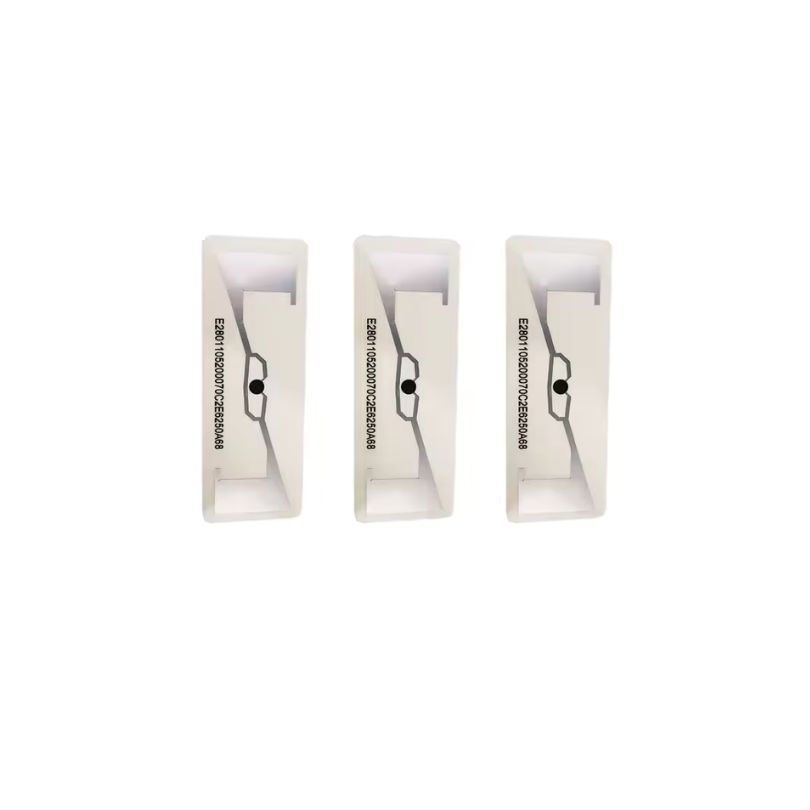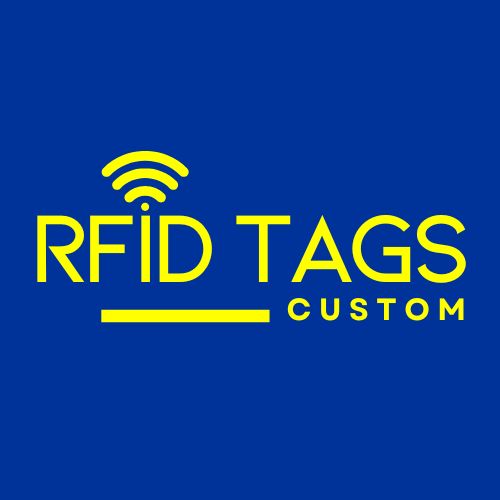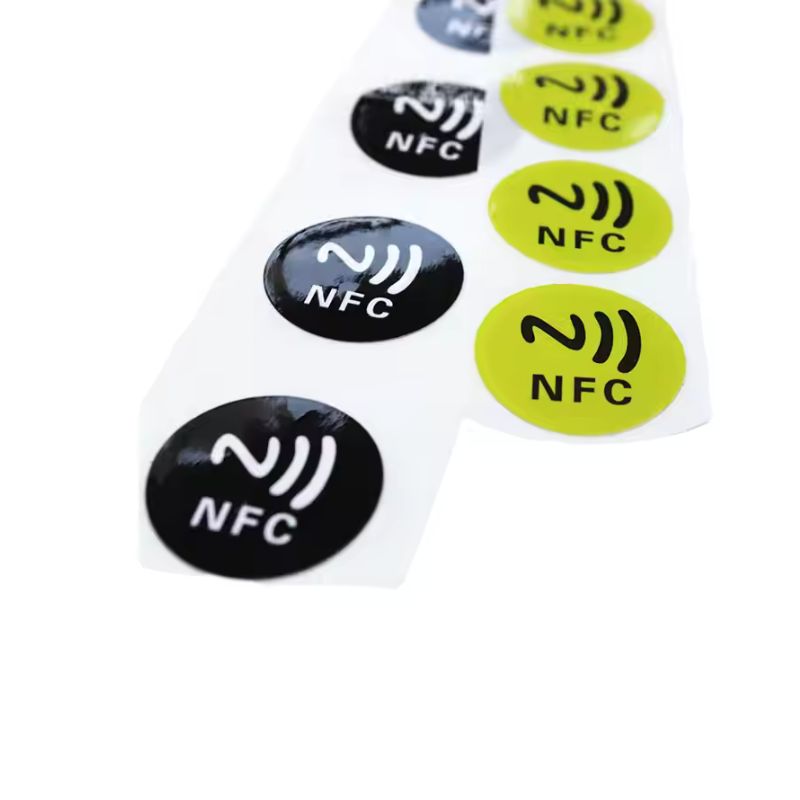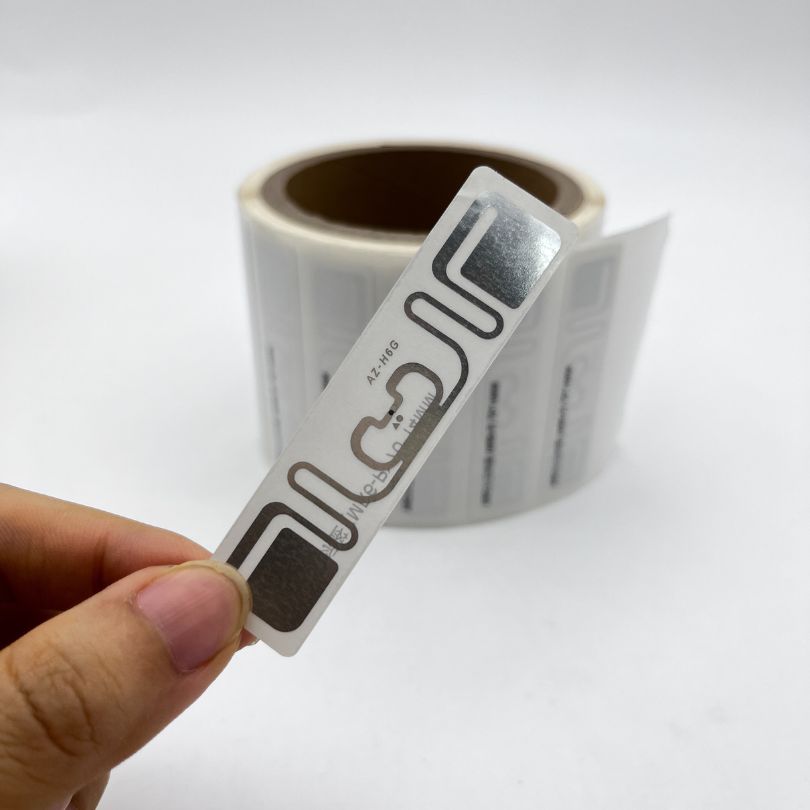
RFID Animal Tracking Ear Tags for Livestock Management
RFID Animal Tracking Ear Tags for Livestock Identification & Monitoring
Managing livestock efficiently requires real-time data, accurate identification, and robust technology. Our Tracking Ear Tags are designed to meet the high demands of modern livestock operations. Using advanced RFID Animal Tracking technology, these animal ear tags help farmers and ranchers monitor health, automate recordkeeping, and trace movement — all while improving productivity and disease control.
Built for rugged agricultural environments, our RFID Tracking Ear Tags offer unmatched durability, reliability, and compatibility with global animal traceability systems.
Key Features of Our Tracking Ear Tags
RFID Enabled: Passive UHF and LF options for real-time animal tracking.
High Durability: Designed to resist weather, chemicals, and rough farm handling.
Data-Ready: Stores essential information like ID, medical history, vaccination, and lineage.
Extended Read Range: Up to 5 meters (UHF), suitable for large-scale operations.
Long Lifespan: Passive tags with no internal battery ensure years of reliable use.
Global Compliance: Supports ISO 11784/11785 protocols.
Real Farm Use Case
A mid-sized cattle farm implemented our Tracking Ear Tags across its herd. Previously hampered by manual records, they adopted RFID Animal Tracking, enabling batch reads at watering stations:
- Health traceability improved by 80%
- Labor costs reduced by 50%
- Animal loss/tracking errors decreased by 70%
These Animal Ear Tags delivered ROI within six months, prompting a full-farm upgrade.
Technical Specifications
| Feature | Specification |
|---|---|
| Type | Passive RFID (UHF/LF) |
| Frequency | UHF (860–960 MHz), LF (125 kHz / 134.2 kHz) |
| Read Range | Up to 5 meters |
| Material | High-grade TPU (flexible, skin-safe) |
| Operating Temp | -40°C to +85°C |
| Durability | UV, chemical, and weather resistant |
| Data Capacity | Up to 2000 bits |
| Compliance | ISO 11784/11785 certified |
Applications
- Cattle Tracking
- Sheep and Goat Management
- Pig Identification
- Breeding and Genetic Tracking
- National Livestock Registries & Disease Control Systems
Whether you’re managing 50 animals or 5,000, our RFID Animal Tracking Ear Tags scale with your operation.
Ready to optimize your livestock tracking with RFID technology?
FAQs
How long do these Tracking Ear Tags last?
Built with tough TPU and passive RFID tech, our tags typically last 5+ years in real-world farm conditions.
How many tags should I order for testing?
Start with 50 units to integrate into your Animal Ear Tags system—then scale as needed.
Will these tags endure extreme weather?
Yes—the tags are rated from –40 °C to +85 °C and resist weather, chemicals, and rough handling.
Can I get tags pre-encoded or printed?
Yes! We offer printing services for barcodes, serial numbers, or logos and can pre-encode each tag based on your data.
Will these tags endure extreme weather?
Yes—the tags are rated from –40 °C to +85 °C and resist weather, chemicals, and rough handling.
Get Your Custom RFID Tags
As a leading custom RFID tag manufacturer, we craft solutions based on the unique needs of your operation. We offer a wide range of customization options, including material, size, frequency, encoding, and read distance, ensuring each RFID Tag is perfectly customized to your requirements. No matter what application you use RFID tags for, we can provide rugged, reliable RFID tags that meet the highest quality and durability standards. Here are the main ways we customize RFID tags to fit your needs.

Material Selection
Material is key for customizing RFID tags. Plastic works in harsh conditions, while softer materials suit delicate spaces. Different materials also affect signal performance. Pick what fits your use case to ensure your tags last and work reliably.

Customized Size
Size shapes usability. Small tags fit tight spaces or tiny items, while larger tags are easily read. In crowded areas, sleek tags prevent clashes. Align shape and dimension with your goods for visibility, convenience, and performance.

Frequency Requirements
Choose LF, HF, or UHF based on read range, speed, and interference. LF and HF resist metals and liquids but have shorter ranges. UHF offers an extended range yet may face signal blocks. Match frequency to your environment for reliable performance.

Reading Distance
Define the distance at which you have to read the tag. Short distances work for retail checkouts, while warehouses may need meters of coverage. Antenna design, reader settings, and power outputs affect range.Adjust these factors to capture data accurately at the distance you need.

Encode
Plan how data is stored on each tag. Some only hold an ID, while others contain detailed info. Decide if you need a simple EPC or added user memory. Ensure your chosen format works with existing software. Proper encoding streamlines processes and slashes errors.

Application Environment
Consider real-world conditions. Temperature swings, humidity, and chemicals can degrade tags. For outdoor use, opt for UV-resistant casings. In healthcare or food settings, ensure compliance with safety rules. Matching your tags to the environment maximizes their lifespan.
Related Products
Customize any RFID tags from our factory to meet your requirements.


